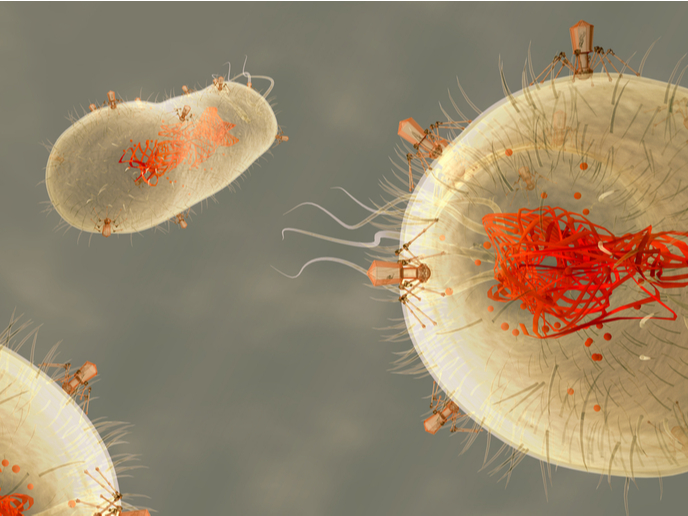The genes behind species evolution
To identify the genes that are responsible for this divergence, the 'Genomics of sexual isolation and reinforcement in the house mouse' (SPECIATIONGENOMICS) project looked at two hybridising species: Mus musculus musculus and M. m. domesticus. The genes they studied are involved in sexual selection and its control – protein pheromones and the olfactory receptors that pick up these sexual chemical messages. Previous research has indicated that sexual isolation of these mouse subspecies is due to changes in the mate recognition olfactory system. The researchers analysed more than 1 200 markers from mice from the populations in the hybrid zone and allopatric zones, geographically isolated from one another. The study revealed a handful of loci showing the expected pattern of reduced variability specific to hybrid zone populations. However, there were also a few receptors that might evolve under selection in the hybrid zone, and which can therefore be considered as good candidates for sexual isolation. Selection on regulatory genes for varied gene expression is also a possible root cause of sexual isolation and reinforcement. The scientists studied RNA production in vomeronasal receptors, the primary sense organs for sensing pheromones in mice. Results showed that divergence of species in the mice due to sexual isolation could be due to specialisation of a group of closely related vomeronasal receptors. The third study complemented the first two experiments by analysing the whole set of protein-coding genes as well as those between genes and regulatory regions. Analysis of the data is ongoing and should shed even more light on the respective role of changes in regulatory, protein and structural genes and on their role in the development of behaviour barriers in species separation. Work completed by the SPECIATIONGENOMICS project has combined cutting-edge genomics with the more traditional population genetics approach to explain how species can come about even when there continues to be the possibility of close physical contact. On a grand scale, the research will help to increase understanding of the origin of biodiversity.







